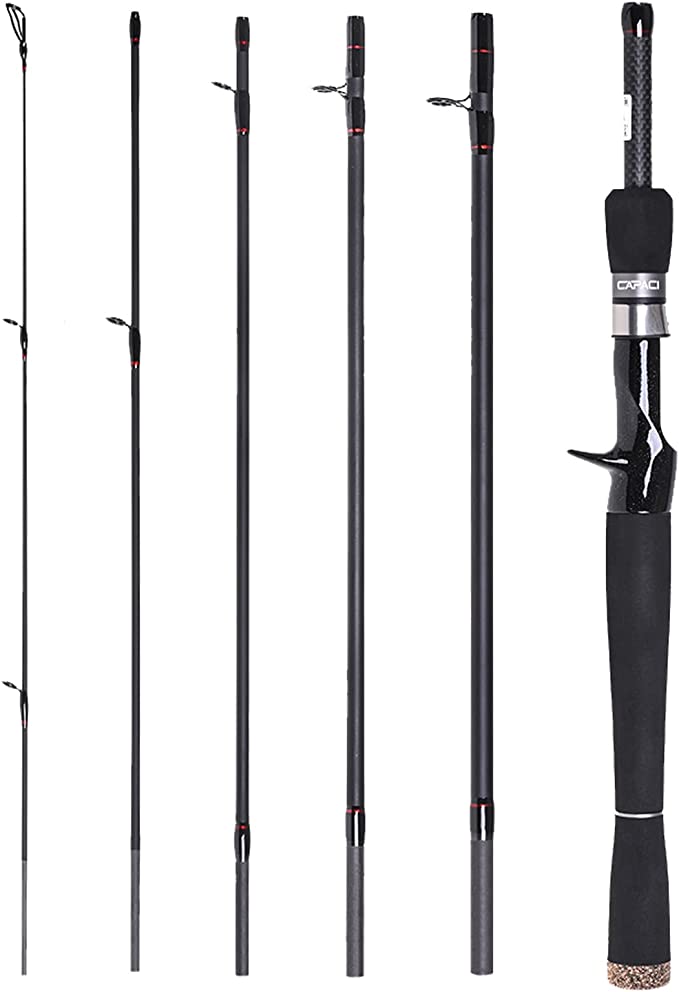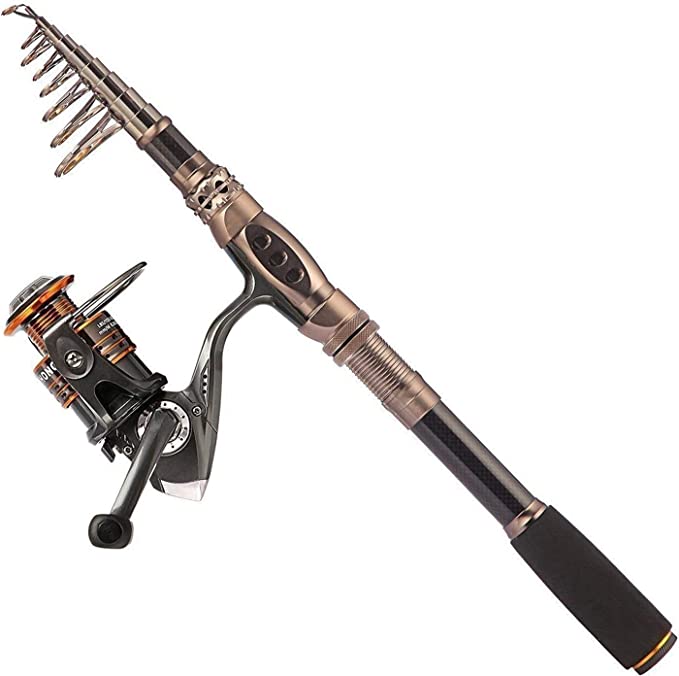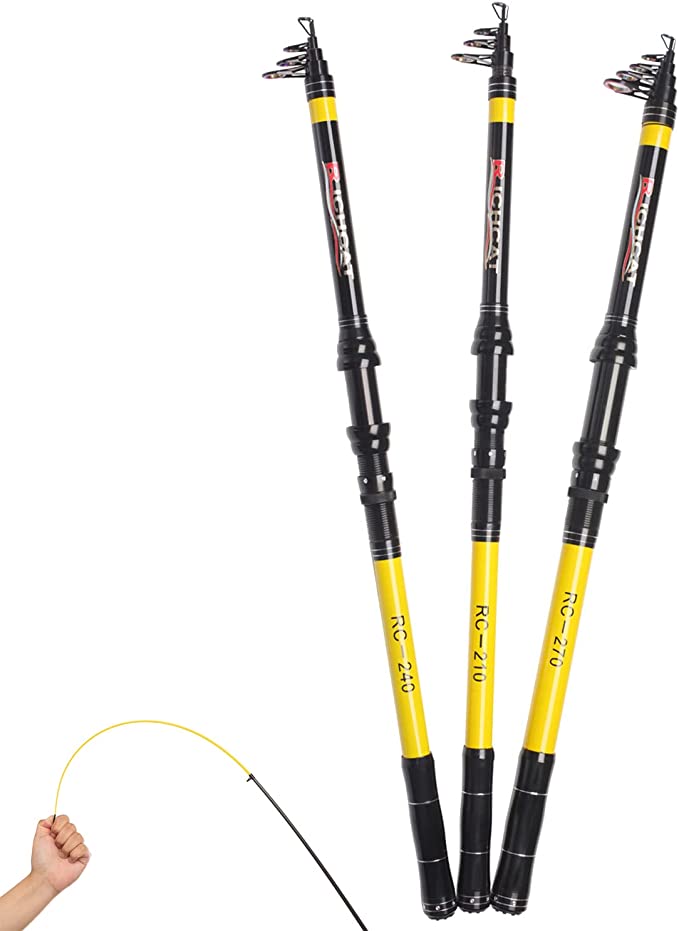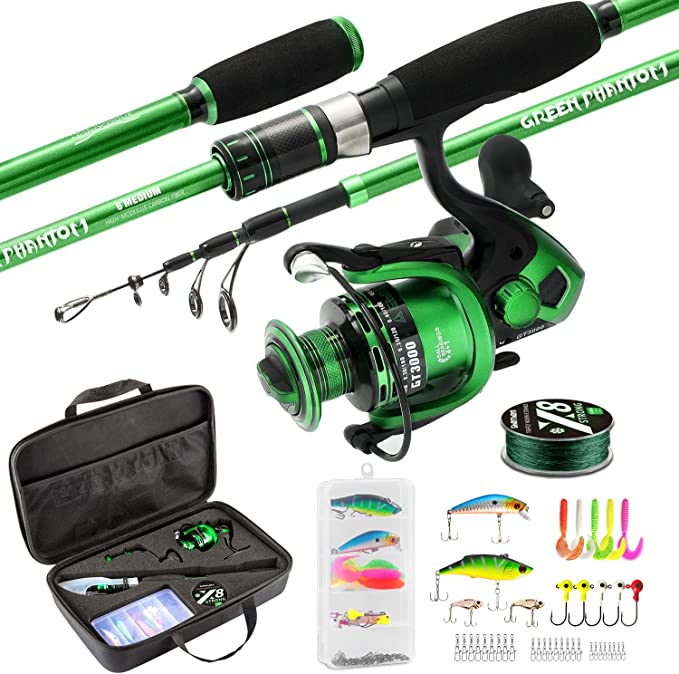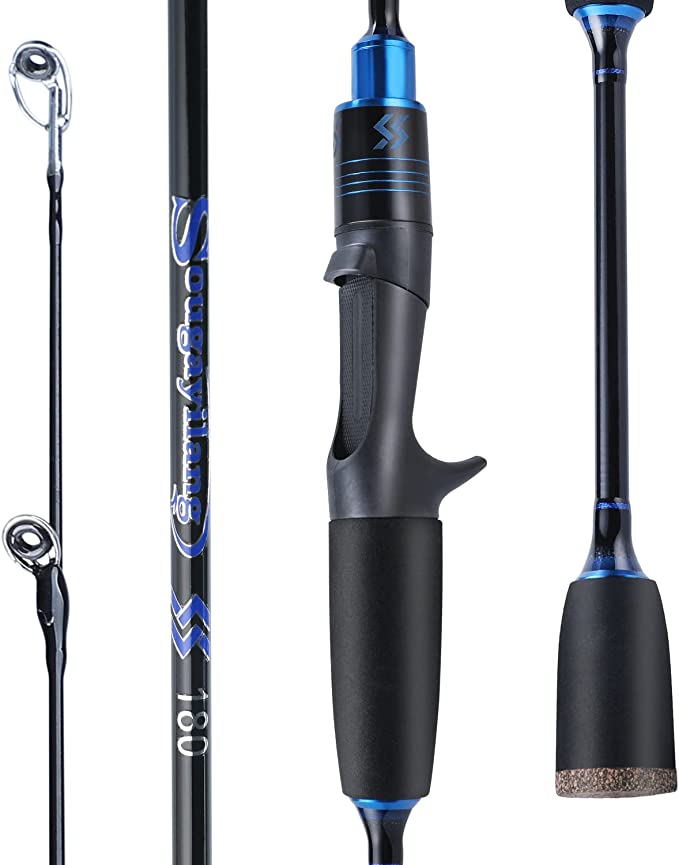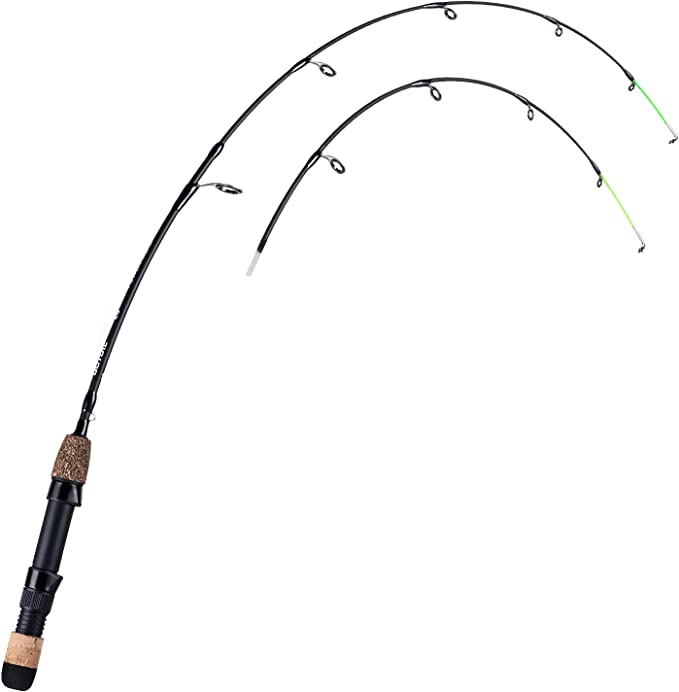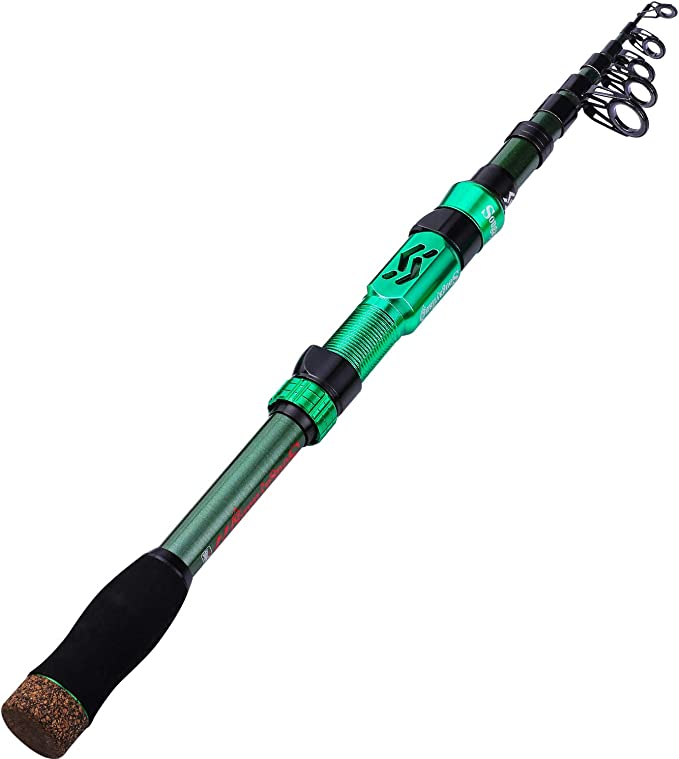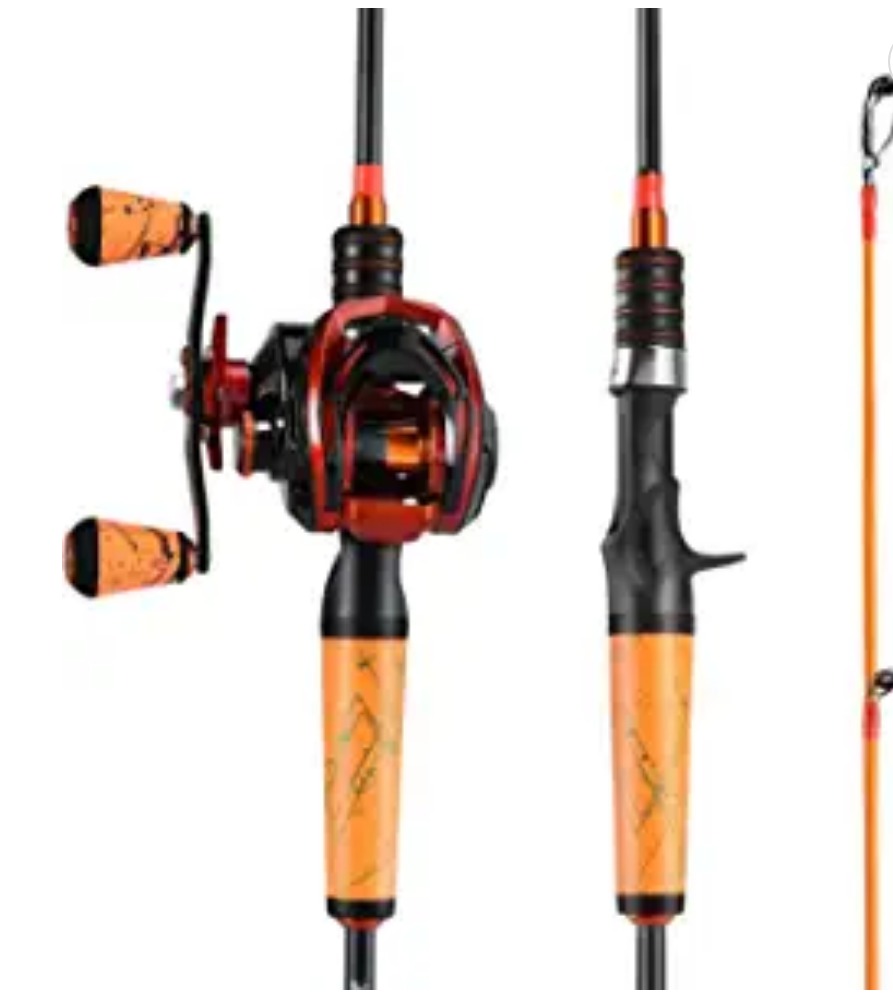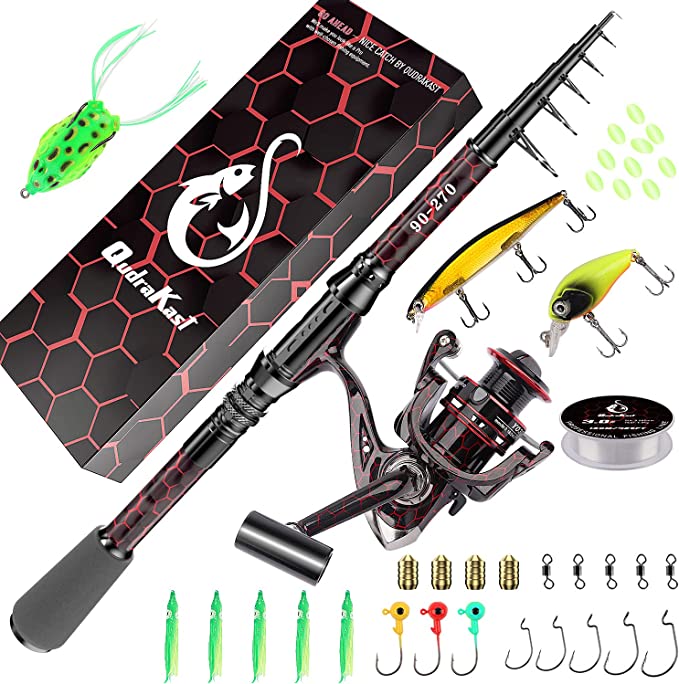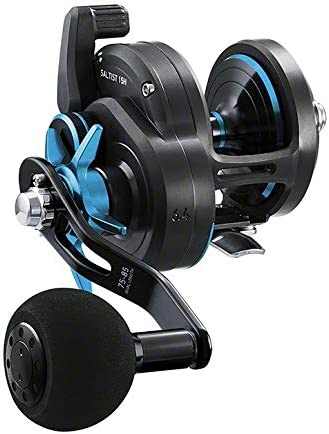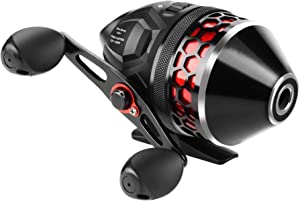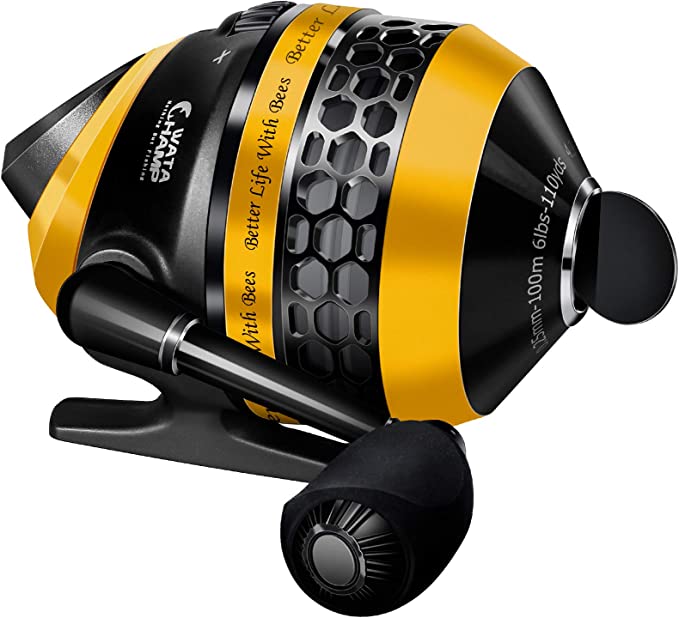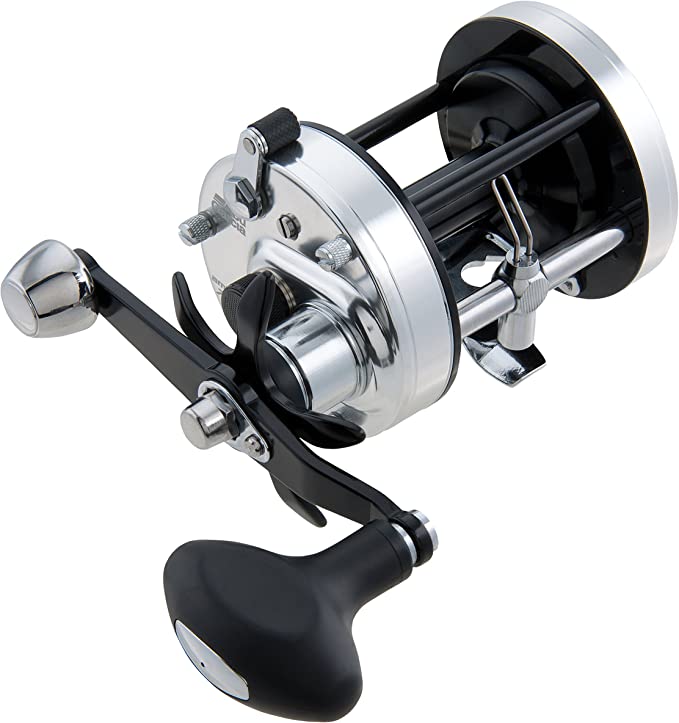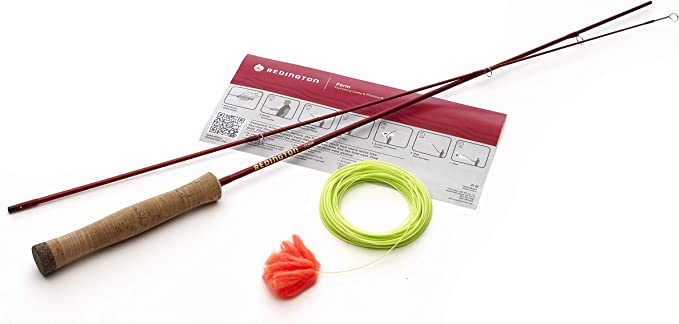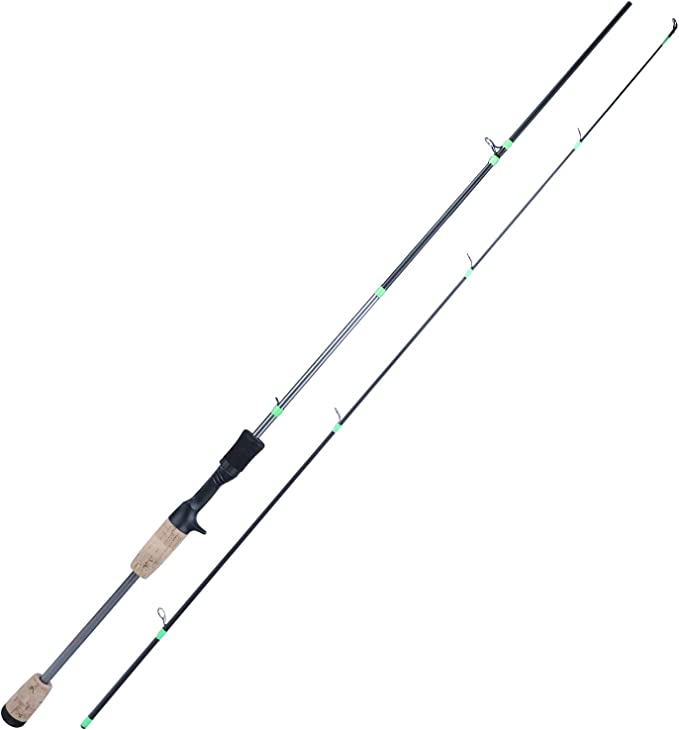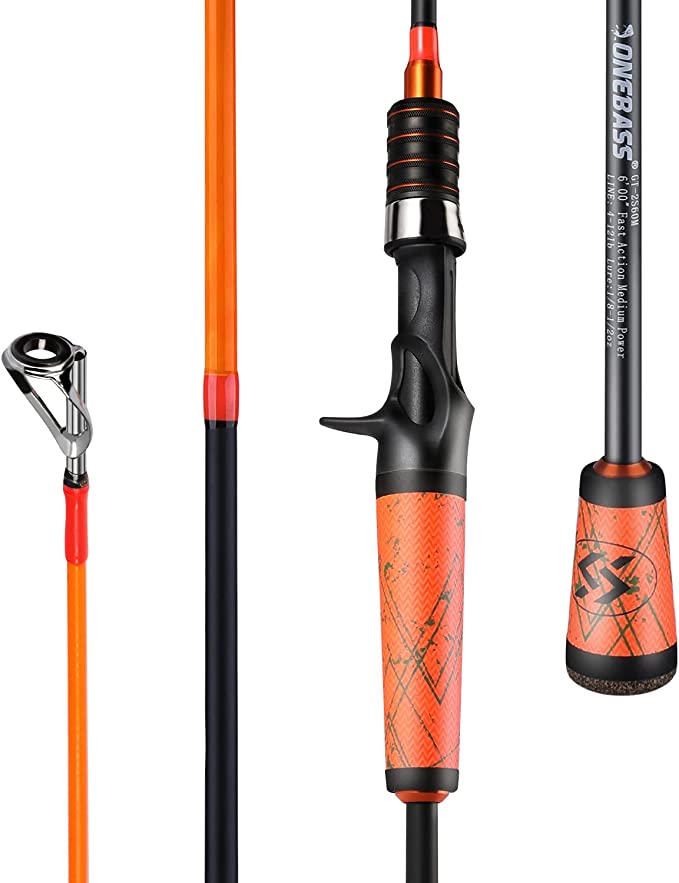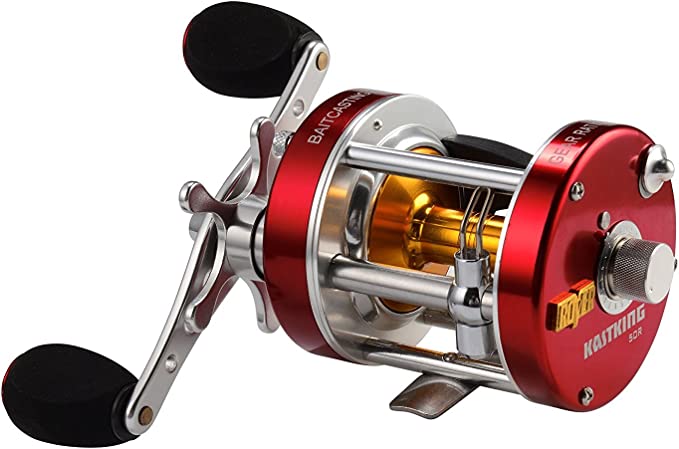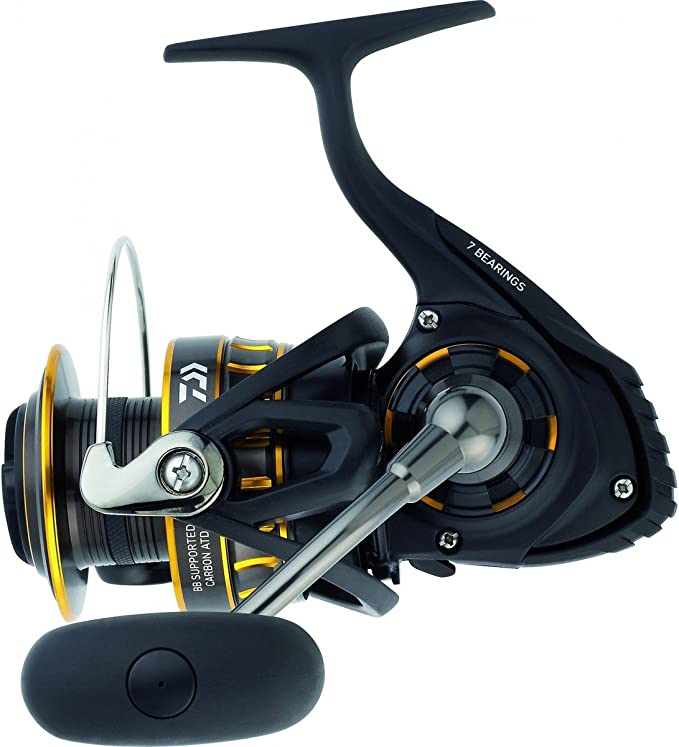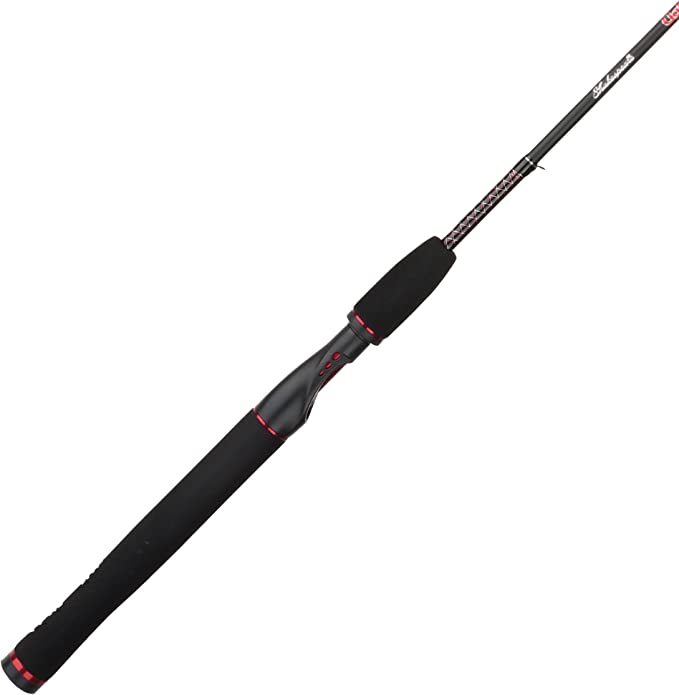The Anatomy of a Budget Fly Rod: Deconstructing the Science Behind the Goture 9ft
Update on Aug. 1, 2025, 7:43 a.m.
Stand in any fly shop, and you’ll be confronted with a curious phenomenon: rows of fly rods that look remarkably similar but span a breathtaking price range, from less than a hundred dollars to well over a thousand. This disparity often leaves newcomers paralyzed by a single, daunting question: What, exactly, am I paying for? Is the expensive rod truly ten times better, or is the budget rod a disaster waiting to happen?
The answer lies not in marketing, but in metallurgy, physics, and a series of deliberate engineering choices. To understand this, we don’t need to theorize. Instead, let’s place a common and accessible example under the microscope: the Goture 9ft 4-Piece Fly Rod. By dissecting its components, we can uncover the scientific principles and design trade-offs that define a modern, affordable fly rod, and in doing so, equip ourselves with knowledge that is far more valuable than any price tag.
The Heart of the Matter: Deconstructing the Carbon Fiber Blank
The soul of a fly rod is its blank—the tapered tube of carbon that stores and releases the energy of your cast. The Goture rod’s blank is described as being crafted from “30+36T IM6 graphite.” This technical string of characters is a concise summary of its engineering philosophy.
Let’s break it down. “IM6” refers to an intermediate-modulus graphite. In material science, modulus measures stiffness-to-weight ratio. Think of it like this: if you had two bars of the same weight and size, the one with the higher modulus would be stiffer and resist bending more. IM6 is a celebrated “workhorse” material because it offers a fantastic compromise. It’s significantly lighter and more sensitive than the fiberglass that preceded it, yet it possesses a degree of flexibility and toughness that higher-modulus (and more brittle) graphites lack. For a learning angler, this inherent forgiveness is a godsend, helping the rod survive the occasional errant cast that might collide with a riverside branch.
The “30+36T” tells us even more. The “T” stands for tonnage, another way to express modulus. A 36T carbon is stiffer and recovers its straight shape faster than a 30T carbon. A rod designer blending these two materials is like a master chef creating a complex sauce. They use the more responsive, higher-cost 36T graphite sparingly in critical sections of the rod to give it casting power and a crisp feel, while using the more durable and cost-effective 30T graphite for the bulk of the construction. This provides the necessary backbone without the astronomical cost or the fragile nature of a rod made purely from ultra-high-modulus materials. It is engineering elegance in pursuit of a balanced ride.
Silent Performers: The Unsung Science of Guides and Grips
If the blank is the soul, the components are the nervous system, translating intent into action. The Goture rod features two critical components whose importance is often understated: Silicon Carbide (SiC) guides and an AAA-grade cork handle.
The small, ceramic rings that line the rod are your only point of contact with the line during a cast. The choice of “SiC” for these guides is a significant mark of quality. Silicon Carbide is a man-made ceramic nearly as hard as diamond. Imagine a powerful bass takes your fly and makes a searing run. As the line screams out, immense friction generates heat on the guides. A lesser ceramic could crack or, worse, develop microscopic grooves that shred your fly line. SiC, with its ultra-low friction coefficient and high thermal conductivity, allows the line to glide effortlessly while rapidly pulling heat away, protecting your line integrity at the most critical moment. It’s a small detail that makes a huge difference between landing a trophy fish and telling a story about the one that got away.
Further down, your hand grips the “AAA+ Grade Cork.” Cork is the undisputed king of handle materials for a reason rooted in its biology. The unique, honeycomb-like cellular structure of cork bark makes it incredibly light and imbues it with a natural elasticity. This allows it to absorb casting vibrations and reduce fatigue. More importantly, it transmits subtle telegraphs from the end of the line with startling fidelity. That gentle “tick” of a curious trout inhaling your nymph registers in a cork grip as a distinct, unmissable signal, giving you that split-second advantage to set the hook.
The Engineer’s Dilemma: A Sober Look at Performance and Price
Now, we must address the elephant in the room: the mixed reviews and reports of breakage. This is not a sign of a “bad” product but rather a crucial lesson in engineering trade-offs. The product description notes that some rods snapped while the user was “double hauling”—a highly advanced casting technique that uses sharp, powerful pulls to generate extreme line speed for maximum distance.
From a physics perspective, a double haul places an immense and rapid load on the rod blank, causing it to flex deeply and then recover at violent speed. A rod built for the highest echelons of performance—and priced accordingly—uses expensive, high-modulus materials and complex resin systems designed to withstand these specific forces. A rod like the Goture, engineered for accessibility and general-purpose use with its forgiving IM6 blank, is simply not designed for that level of abuse. Its engineering equation prioritizes feel, durability in common scenarios, and affordability over elite, niche performance. Expecting it to perform like a thousand-dollar casting cannon is like taking a reliable family sedan to a Formula 1 race. It’s not a failure of the car, but a misunderstanding of its design intent. This is the fundamental trade-off of budget-friendly gear: you get exceptional performance for 95% of applications, but you may find the limit at the extreme 5%.
Designed for the Journey: Action, Weight, and the Modern Angler
The rod’s design reflects a deep understanding of the modern angler. Its 4-piece construction is a direct answer to the need for portability, allowing it to be stowed in a backpack for a hike to a remote alpine lake or packed in a suitcase for a cross-country adventure.
The availability of two primary models—a 5/6wt and a 7/8wt—is also a deliberate choice. In the language of fly fishing, the “weight” (wt) refers to the industry-standard weight of the first 30 feet of the fly line, which the rod is designed to cast efficiently. A 5/6wt rod is the universal choice for trout and panfish, perfect for the rivers and streams that form the backbone of North American fly fishing. A 7/8wt rod provides more power, making it the ideal tool for throwing the larger flies needed for bass or for battling the wind in saltwater flats. By offering these two options, the brand covers the vast majority of fishing situations a beginner or intermediate angler is likely to encounter.
Conclusion: More Than Just a Rod, It’s an Invitation
Returning to our hundred-dollar question, we can now see the answer with clarity. In the Goture Fly Fishing Rod, the price reflects a series of intelligent compromises: a resilient and forgiving IM6 blank over a brittle, high-performance one; a strategic blend of carbon materials to manage cost; and a design focused on versatility rather than specialization. It is packed with scientifically superior components like SiC guides and quality cork where they matter most for the user’s direct experience.
Ultimately, a rod like this is more than the sum of its parts. It is an invitation. It demystifies the sport and removes the financial barrier to entry that keeps so many on the sidelines. By enabling more people to stand in a river, to learn the rhythm of a cast, and to connect with the wild places fish live, it helps foster the next generation of anglers and, more importantly, conservationists. And that is a value that can’t be measured by a price tag.
